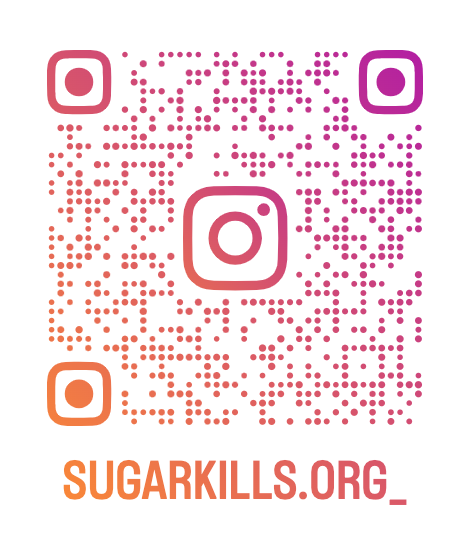The Many Disguises of Sugar's Harm
- In a baby's brain, it's called ADHD
- In an adult's brain, it's called dementia and Alzheimer's
- In your eyes, it's called glaucoma
- In your teeth, it's called cavities
- On your skin, it's called aging
- In your sleep, it's called insomnia
- In your blood, it's called diabetes
- Excess sugar in your system is called cancer
- On Wall Street, it's called a billion-dollar industry
- Addiction to sugar is 8 times more powerful than cocaine
The Sugar Effect: An Interactive Analysis
Explore the science behind sugar's impact on the brain and body.
View SourcesA Reward Stronger Than Drugs?
Research reveals that the brain's response to hyper-palatable, sugary foods can be incredibly powerful. This section provides a high-level introduction to the core finding that initiated much of the debate around "food addiction."
8x
According to a study on rats from Connecticut College, Oreo cookies activated the brain's pleasure center more intensely than exposure to cocaine, suggesting the reward pathway can be hijacked more potently by certain foods.
The Addiction Engine
This section explores the biological mechanisms of sugar addiction. Interact with the elements below to see how the brain's reward system is rewired and compare the addictive potential of common foods against known addictive substances.
How Sugar Rewires The Brain's Reward Cycle
Click a step above to see the explanation.
Addiction Showdown: Foods vs. Substances
The Health Crisis
Excessive consumption of sugar and processed foods is a primary driver of the world's most prevalent chronic diseases. These visualizations show the direct health risks and the staggering global scale of the problem.
The Cascade to Chronic Disease
Click on a chart segment to learn more.
Global Impact of Diet-Related Illness
WHO data links these conditions directly to dietary patterns.
Compare The Culprits
This table provides a direct comparison of the mechanisms and health consequences associated with sugar and other well-known addictive substances. While the social context differs, the underlying biological drivers show remarkable similarities.
| Substance | Addiction Mechanism | Primary Health Consequences |
|---|---|---|
| Sugar & Processed Foods | Intense dopamine release, hijacking of brain reward pathways, development of tolerance, and withdrawal symptoms (e.g., headaches, irritability). | Obesity, Type 2 Diabetes, Heart Disease, Non-alcoholic fatty liver disease, certain cancers. |
| Nicotine | Acts on nicotinic cholinergic receptors, leading to dopamine release. Highly addictive with strong physical and psychological withdrawal. | Lung cancer, COPD, heart disease, stroke. |
| Alcohol | Enhances GABA effects (inhibitory) and releases endorphins/dopamine. Physical dependence and severe withdrawal are common. | Liver cirrhosis, pancreatitis, brain damage, various cancers. |
| Cocaine | Blocks dopamine reuptake, causing a massive buildup in the synapse. Creates powerful and rapid psychological dependence. | Heart attacks, strokes, respiratory failure, seizures. |

